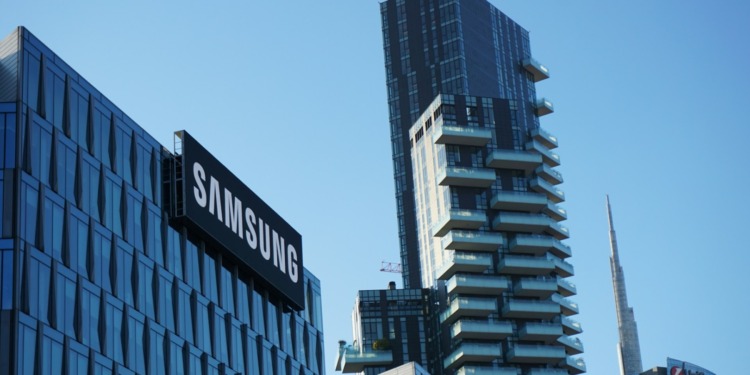Samsung and Xiaomi are two of the biggest smartphone brands on the market. However, the tech sector, and smartphones in particular, isn’t known for sustainability. Common sense suggests that the cheaper option would be worse for the environment, but is that true? Let’s compare Samsung vs Xiaomi to find out.
Samsung vs Xiaomi
Samsung and Xiaomi’s smartphone offerings are relatively similar, which makes choosing between the two hard. They sell phones in the same price ranges, all based on versions of the Android OS.
However, the two companies couldn’t be more different. Xiaomi, founded in 2010, is a newcomer to the tech industry with a fo us on the mobile phone market. Meanwhile, Samsung was founded in 1939 and became an international giant by the 1990s. It certainly didn’t start with smartphones.
Samsung smartphones
Samsung’s mobile division plans to transition to 100% renewable energy by 2027. It also plans to improve energy efficiency by 30% and reach zero waste to landfills.
Besides energy savings, Samsung Mobile is planning to improve its production in two key areas: materials and repairs. Plastic in mobile packaging has already been reduced to 4%, with the objective of reaching zero by 2025. Meanwhile, smartphone-related sustainability claims are limited to the flagship Series S. Not much is known about the Series A, which accounts for 60% of phone sales in Europe.
Even the improvements made to the Series S leave something to be desired. Samsung’s web page about the S23 doesn’t explain in detail just how much of the phone is recycled. The fine print at the bottom of the page reveals that the S Pen slot and the glass are made of at least 22% recycled material, and the “back glass deco film” is at 80%. Most of the phone remains unaccounted for.
As for recycling, in 2022 Samsung began a self-repair initiative. The program, in collaboration with US spare parts retailer iFixit, allows American Samsung users to repair their old phones for cheap. It also takes care to properly recycle the discarded parts. Beyond recycling, Samsung is also the second largest manufacturer in the refurbished smartphone space, with 26% of the market.
Generally speaking, Samsung has often been better than its rivals when it comes to repair. But while the company appears to have a solid repair policy, it is not always enforced with equal quality. Still, their phone models are so popular that spare parts and repair shops are common almost everywhere.
Xiaomi smartphones
Following its 2021 strategy to begin reducing greenhouse gas emissions, Xiaomi announced plans to reduce emissions by 96% before 2040. Even before that, it wants to bring emissions down 70% by 2030.
All this is highlighted in a user-friendly report. The document also details how the company plans to reach those objectives, from supplier due diligence to mineral extraction certifications.
However, some seemingly isolated accidents still undermine Xiaomi’s effort towards worker rights.
Related Articles: Clean Energy Tech: 6 Trends in 2024 | Apple’s First ‘Carbon Neutral’ Products | Fast Tech ‘Seriously Rivalling Fast Fashion’
The outlook on mineral extraction is more positive, with almost all of the company’s suppliers certified by the Responsible Minerals Assurance Process assessment.
This means that the majority of minerals aren’t sourced from conflict zones and that they adhere to environmental, social, and governance (ESG) standards.
Xiaomi’s packaging entirely discards plastic, and its phones reduced energy consumption by up to 30% in key areas. Many materials used are recycled or employ less polluting alternatives.
But again, like in Samsung’s case, those improvements happen primarily in the flagship models, with little information available about what goes in the cheapest phones.
Xiaomi’s repair policy seems to be fairly popular among consumers, but this can wildly vary depending on regional offerings. That said, newer Xiaomi models seem to be getting easier and cheaper to repair. The company seems to be making repairs easier for owners and unofficial shops too, even if it made no public statements about it.
Editor’s Note: The opinions expressed here by the authors are their own, not those of Impakter.com — In the Featured Photo: Samsung’s building in Milan, featuring Samsung’s logo. Featured Photo Credit: Babak Habibi.









